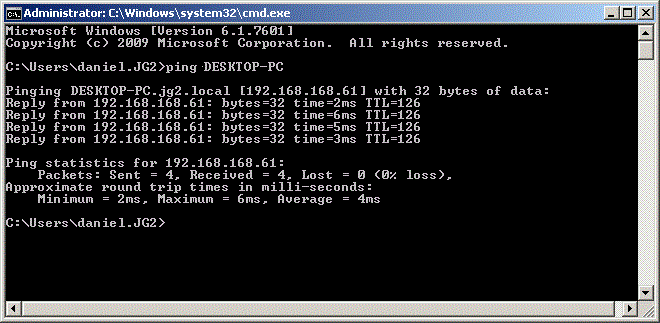
Bring IoT to any device and any platform, without changing your infrastructureConnection from Microsoft Teams to our network is via an IP connection (for example. If the Microsoft Support and Recovery Assistant cant fix a problem for you, it will suggest next steps and help you get in touch. It can currently fix Office, Microsoft 365, or Outlook problems. The Microsoft Support and Recovery Assistant works by running tests to figure out whats wrong and offers the best solution for the identified problem.
The Microsoft Power BI Output tool uses the Power BI REST API to upload a data. If you just want to use the sql engine services and you can only select the first feature and the SQL Client Connectivity SDK. 4.SQL Client Connectivity SDK: Includes SQL Server Native Client (ODBC/OLE DB) SDK for database application development.
Ride-hailing and ride-sharing come to mind, but so do many other forms of MaaS offerings such as air taxis, autonomous drone fleets, and last-mile delivery services. Trends Mobility as a Service (Maas)MaaS (sometimes referred to as Transportation as a Service, or TaaS) is about people getting to goods and services and getting those goods and services to people. The welcoming of a new year is a good time to pause and take in what is happening in our industry and in related ones with an aim to developing a view on where it’s all heading.In this blog, we will talk about the trends that we see in connected vehicles and smart cities and describe how we see ourselves fitting in and contributing. At Microsoft, we’ve expanded our partnerships, including Volkswagen, LG Electronics, Faurecia, TomTom, and more, and taken the wraps off new thinking such as at CES, where we recently demonstrated our approach to in-vehicle compute and software architecture.Looking ahead, areas that were once nominally related now come into sharper focus as the supporting technologies are deployed and the various industry verticals mature.

Delivering value from the cloud to vehicles and phonesAs vehicles become more richly connected and deliver experiences that overlap with what we’ve come to expect from our phones, an emerging question is, what is the right way to make these work together? Projecting to the IVI system of the vehicle is one approach, but most agree that vehicles should have a great experience without a phone present.Separately, phones are a great proxy for “a vehicle” in some contexts, such as bicycle sharing, providing speed, location, and various other probe data, as well as providing connectivity (as well as subsidizing the associated costs) for low-powered electronics on the vehicle.This is probably a good time to mention 5G. Forward-thinking car manufacturers deserve a lot of credit here for showing what’s possible and for creating in consumers the expectation that the appearance of new features in the car after it is purchased isn’t just cool, but normal.Future steps include the integration of in-vehicle infotainment (IVI) with voice assistants that blend the in- and out-of-vehicle experiences, updating AI models for in-market vehicles for automated driving levels one through five, and of course pre-processing the telemetry at the edge in order to better enable reinforcement learning in the cloud as well as just generally improving services. Connecting vehicles to the cloudWe refer holistically to these various signals that can inform vehicle routing (traffic, weather, available modalities, municipal infrastructure, and more) as “navigation intelligence.” Taking advantage of this navigation intelligence will require connected vehicles to become more sophisticated than just logging telematics to the cloud.The reporting of basic telematics (car-to-cloud) is barely table-stakes over-the-air updates (OTA, or cloud-to-car) will become key to delivering a market-competitive vehicle, as will command-and-control (more cloud-to-car, via phone apps). Incumbent original equipment manufacturers (OEMs) are expanding their businesses to include elements of car-sharing to continue evolving their businesses as private car ownership is likely to decline over time. The same technologies can be used in moving goods and retail delivery systems.The pressure to become profitable will force changes and consolidation among the MaaS providers and will keep their focus on approaches to reducing costs such as through autonomous driving. Coupled with the connected vehicle architecture of integration with federated user authentication, integration with the Microsoft Graph, and secure provisioning of vehicles, digital assistants can support mobility end-to-end.

Accident information coupled with vehicle telemetry data can inform better PHYD (pay how you drive) insurance plans as well as the deployment of first responder infrastructure to reduce incident response time.


 0 kommentar(er)
0 kommentar(er)
